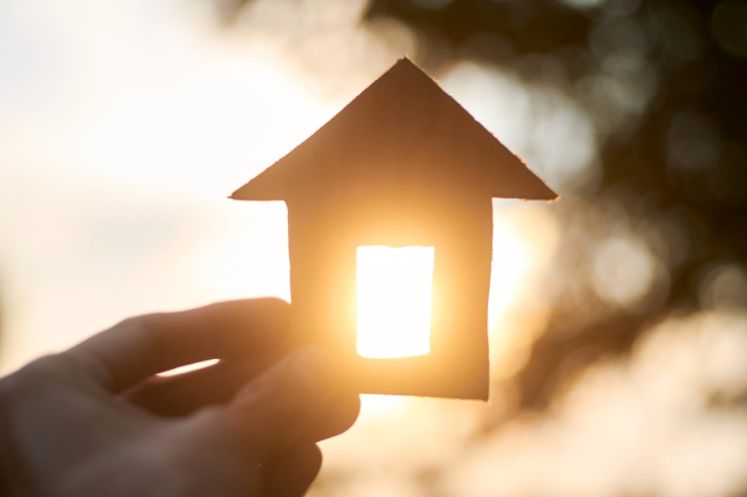Sustainable design in Gandía’s architecture
You may have heard more and more about sustainable design or sustainable architecture, and for a variety of reasons this concept is increasingly coming to the construction and renovation sector.
In this case, sustainable design in architecture refers to the creation of buildings and spaces that have a positive environmental and social impact, while reducing the carbon footprint and consumption of natural resources. Our team, as architects in Gandía, in the context of Gandía and the Valencian Community, sustainable design can be applied through various techniques and strategies, such as the proper orientation of buildings to make the most of sunlight as we are located in a privileged sunny area and reduce energy consumption, the use of local and sustainable materials in construction is also another factor that we take into account and carry out in our projects, and the incorporation of water and energy recycling systems in buildings.
Contact our architectural firm
Things to consider for sustainable buildings in Gandía
In addition, a sustainable building must have a good quality of life for users, such as access to natural light and views to the outside, adequate ventilation, and a welcoming and healthy environment. It should also be safe and accessible for people with disabilities, and adapted to the needs of the residents.
At Velló we work to achieve a sustainable architecture in Gandia that can also be complemented with a sustainable landscape design in the surroundings of the building, to improve the wellbeing of the users and contribute to the care of the environment and biodiversity.
Aspects of sustainable architecture
By way of a checklist, we can bear in mind certain key aspects in order to work with sustainable and efficient architecture. Let’s look at 10 of these aspects:
- Energy efficiency: it is important to design buildings that reduce energy consumption, using techniques such as appropriate orientation, natural ventilation and the use of solar energy.
- Use of sustainable materials: in construction, materials should be chosen that are environmentally friendly and durable, to reduce environmental impact and reduce maintenance costs.
- Landscape sustainability: it is important to design outdoor spaces that promote biodiversity and improve people’s well-being.
- Accessibility: Buildings should be easily accessible for people with disabilities and adapted to the needs of residents.
- Safety: buildings must be safe to prevent accidents and to protect people in case of emergency. It seems unrelated, but indirectly it is.
- Quality of life: the design of a sustainable building should ensure a good quality of life for residents, providing a healthy, safe and pleasant environment.
- Recycling and waste management: it is important to design buildings that facilitate recycling and waste management, reducing their environmental impact and improving resource efficiency.
- Water consumption: it is essential to design buildings with water recycling systems to reduce the use of fresh water.
- Integration into the environment: it is also really important that the building is integrated into the environment, both in terms of its design and location, and that it relates positively to its surroundings.
- Flexibility and adaptability: it is essential to think about the adaptability and flexibility of the building over time and to possible changes in its use.
In short, sustainable design in Gandía’s architecture is essential to reduce the environmental impact of buildings and improve the quality of life of residents, as well as to preserve natural resources and help achieve the city’s sustainable development goals.
Remember that in our studio we work to give you the best architectural services.


